After 9 years of implementation, the Law on Value Added Tax on fertilizers has revealed many shortcomings, requiring early amendment of this Tax Law.
3 biggest drawbacks when fertilizer products are not subject to value added tax
Law 71/2014/QH13 amending the Law on Value Added Tax (VAT) No. 13/2008/QH12 issued on November 26, 2014, effective from January 1, 2015. Pursuant to Clause 1, Article 3 of Tax Law No. 71/2014/QH13, fertilizers, specialized machinery and equipment for agricultural production... are items not subject to VAT.
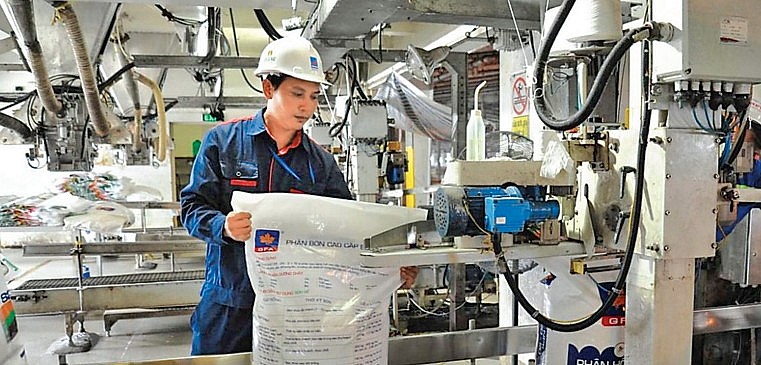 |
| Applying fertilizers that are not subject to VAT leads to unfair competition between domestically produced fertilizers and imported fertilizers. |
After 9 years of implementing the transfer of fertilizer products from the subject of 5% VAT to the subject of no VAT, a number of problems have arisen affecting the domestic fertilizer production industry, with a decrease in new investment projects to innovate fertilizer production technology and produce new generation fertilizers and high-performance fertilizers.
Naming the three biggest shortcomings when the Law on VAT on this item comes into effect, Dr. Nguyen Tri Ngoc - Vice President and General Secretary of the Vietnam General Association of Agriculture and Development - said that, firstly , all input VAT of raw materials and services serving fertilizer production cannot be deducted, but must be accounted for in the cost of the product, increasing the cost and selling price of fertilizer. According to statistics from the Ministry of Finance, the amount of input VAT that cannot be deducted and included in the cost of fertilizer production from 2015 to 2022 has reached nearly 10,000 billion VND.
Second , the decrease in investment of domestic fertilizer production and trading enterprises. The reason is that all input VAT of technology innovation investment activities is not deductible, leading to increased investment rate and reduced investment efficiency; the change of fertilizer products from the 5% VAT subject to VAT to non-VAT subject leads to all input VAT serving fertilizer production and trading not being deductible and having to be accounted for in expenses, causing the profits of domestic fertilizer production enterprises to decrease. This leads to risks for the development of the domestic fertilizer industry.
Third , when applying fertilizers that are not subject to VAT, it leads to unfair competition between domestically produced fertilizers and imported fertilizers, when imported fertilizers are not subject to 5% VAT.
Faced with these shortcomings, on December 18, 2023, the National Assembly Standing Committee voted with 100% approval to add to the 2024 law and ordinance making program the Draft Law on Value Added Tax (amended) to be submitted to the National Assembly for comments at the 7th session and approved at the 8th session. On June 17, 2024, the National Assembly heard a report on amending the Law on Value Added Tax presented by the Minister of Finance, authorized by the Government. According to the content of the report, the Government proposed to include fertilizers in the VAT tax rate of 5%.
Proposal to apply VAT on fertilizer products at 5%
According to Dr. Nguyen Tri Ngoc, many countries in the world (China, Brazil, Russia) are applying VAT on fertilizers and applying a lower tax rate on fertilizers than other common products, in order to reduce the cost of fertilizer use, promote the development of the domestic fertilizer production industry, promote investment in advanced technology to produce smart, environmentally friendly fertilizers, and meet the goal of sustainable development of the agricultural sector. In these countries, VAT policies are applied in coordination with other import and export tax policies to bring about overall effectiveness.
In China - the world's largest producer and consumer of fertilizers and the world's leading exporter of fertilizers - fertilizers are subject to a VAT rate of 11%. In Russia - one of the world's largest producers and exporters of fertilizers - fertilizers are subject to a VAT rate of 20%.
In some countries such as China, Brazil, Russia, Germany, many policies have been implemented to promote the development of the fertilizer industry, especially policies to promote research and development, investment in products applying new technology. Applying VAT to fertilizer products allows businesses to deduct input VAT (usually 10%), which has the effect of improving the quality and efficiency of investment projects to innovate fertilizer production technology.
The adjustment to convert fertilizer from a non-VAT item to a 5% VAT item (as in previous VAT Laws) is based on an assessment of the overall impact on the economy, including: Impact on State Budget revenue; impact on the development of domestic fertilizer manufacturing enterprises; impact on agriculture - farmers - rural areas.
Industry experts analyze that, firstly , the VAT portion of the cost of making fertilizer products will be accounted for separately from the cost of fertilizer products and deducted by output VAT. Therefore, production costs and cost of fertilizer production will decrease (decreased correspondingly to the amount of input VAT that is separated).
Second , consumers of fertilizer products do not have to pay input VAT (because it has been separated from the input cost of production), but will have to pay output VAT on fertilizer. However, if a 5% VAT is applied to fertilizer products, the output VAT will be lower than the input VAT (the average input VAT rate is higher than 5%), so the selling price of fertilizer has room to decrease.
Third , businesses have the motivation to invest in research, technological innovation, production of high-efficiency fertilizers, new generation fertilizers will contribute to increasing crop productivity, improving product quality, thereby increasing the efficiency of sustainable cultivation. When businesses increase investment in domestic production, it will gradually reduce the amount of imported fertilizers.
Fourth , the State collects a tax from fertilizer products, so it has more conditions to increase spending on scientific research activities... which will make farmers increase production efficiency per unit area, increase the competitiveness of domestic agricultural products. Adjusting the VAT policy, making fertilizer a VAT taxable item again, to create an environment of equal tax and competition, creating the premise to reduce the cost and selling price of fertilizer.
The policy of applying VAT to fertilizers needs to be based on a long-term vision, aiming at the sustainable development of the domestic fertilizer production industry, and the sustainable development of the agricultural sector, creating an equal tax environment between domestic fertilizer producers and fertilizer importers, eliminating unfavorable competition for domestic production; creating a foundation to reduce fertilizer prices, reduce fertilizer costs for agricultural producers.
Experts also recommended amending Law 71/2014/QH13, in which the section related to fertilizers should change fertilizers from non-VAT-taxable items to VAT-taxable items at a rate of 5%. Use policy tools to regulate and stabilize fertilizer prices; strengthen policies to support farmers in converting to sustainable agricultural production methods, using fertilizers effectively, and reducing fertilizer costs.
| Putting fertilizers under the 5% VAT tax is consistent with the nature of VAT based on strict control between input VAT and output VAT. This is also consistent with Vietnam's general policy when amending the VAT Law (expanding the scope of tax to ensure systematicity). |
Source: https://congthuong.vn/thue-gia-tri-gia-tang-mat-hang-phan-bon-tiep-tuc-de-xuat-tang-len-5-355258.html




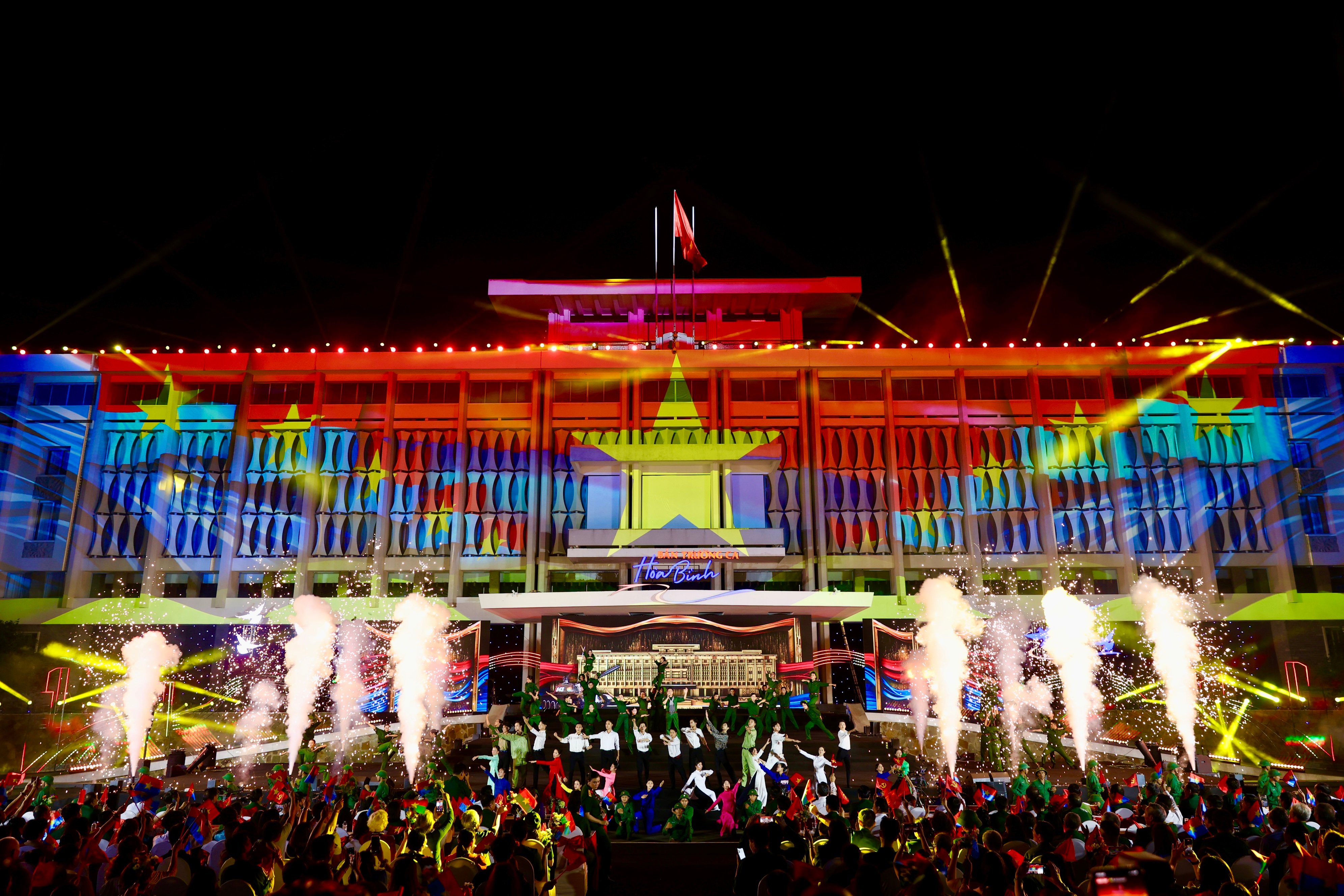



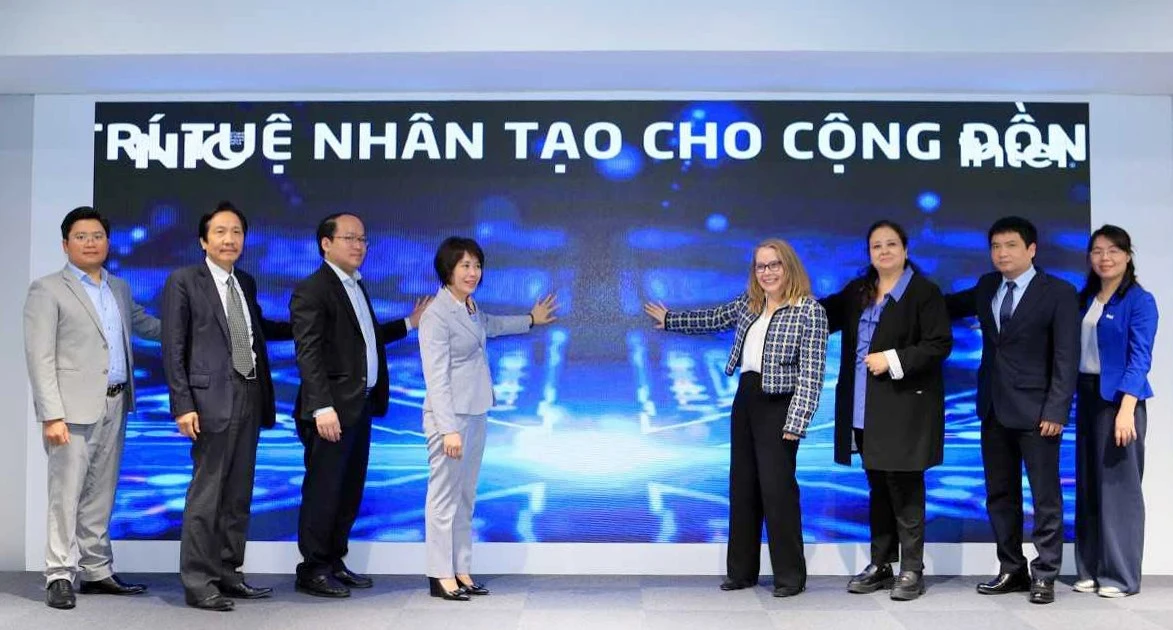


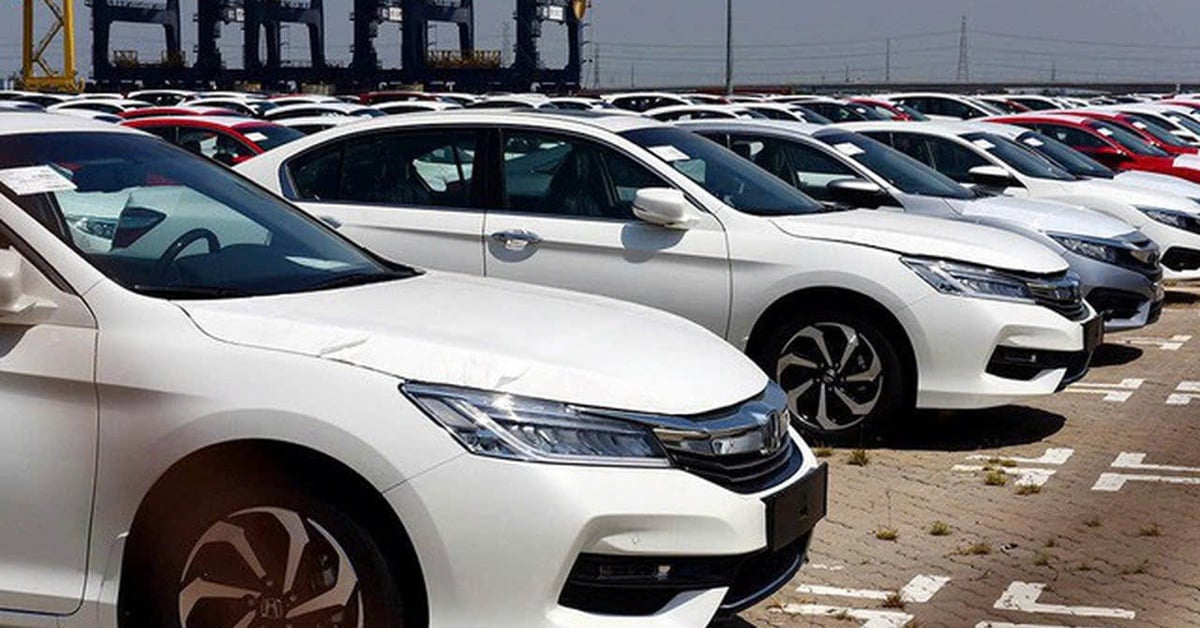

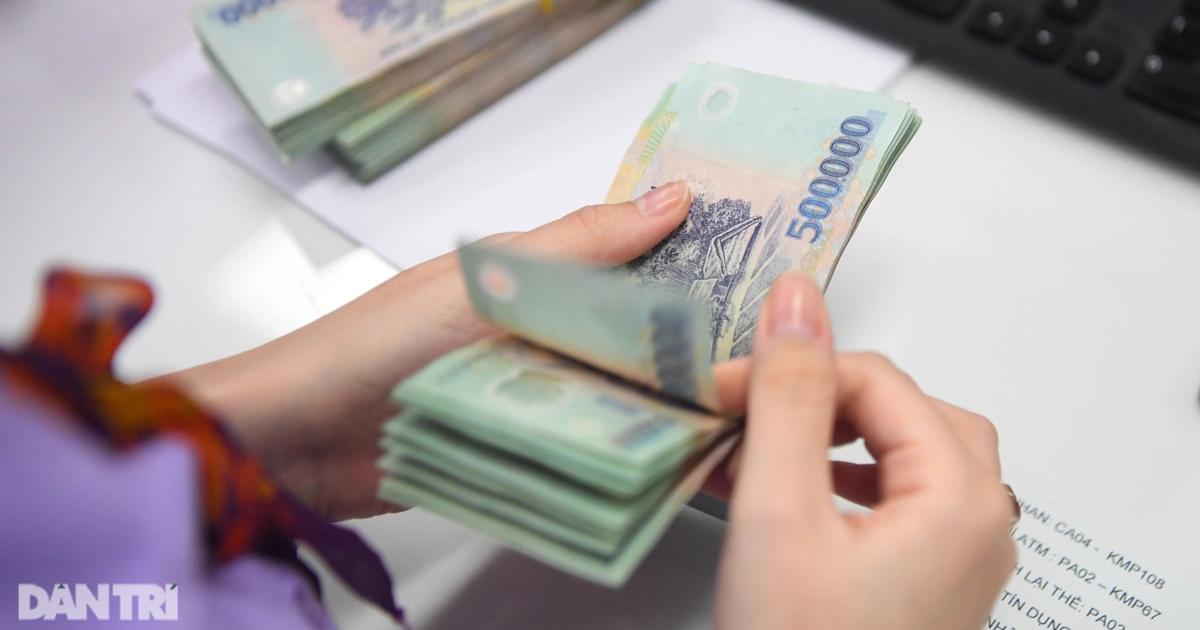

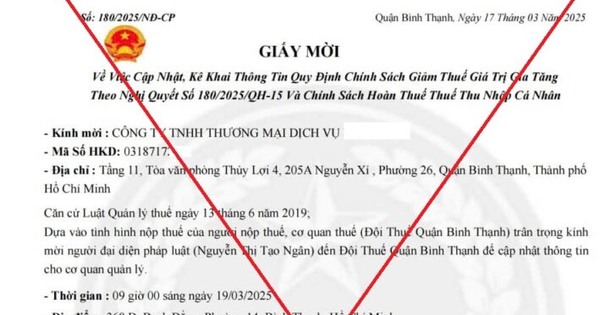


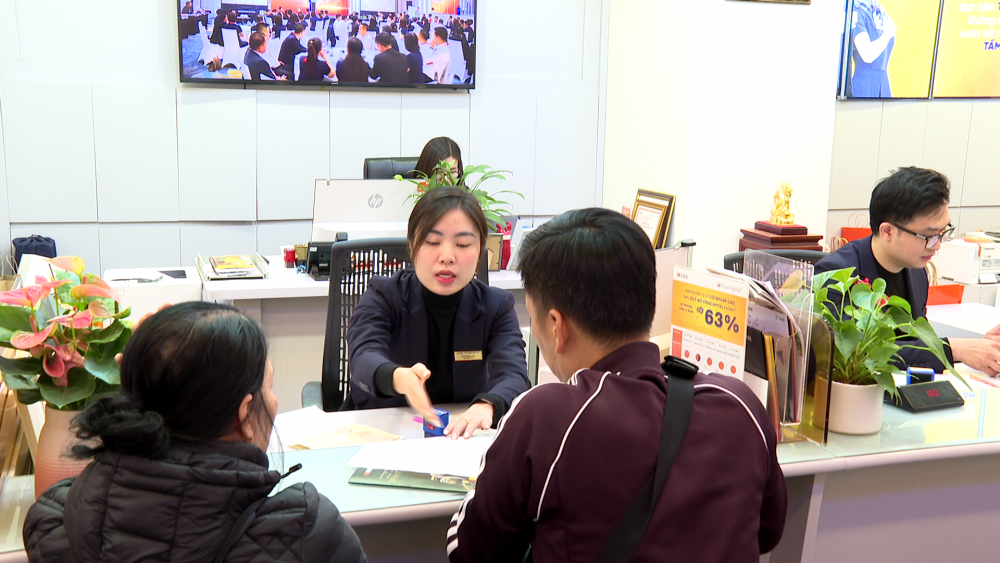

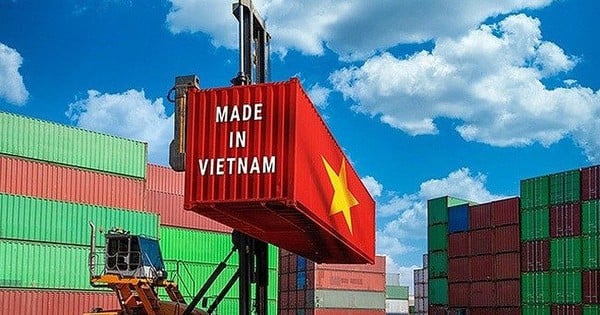
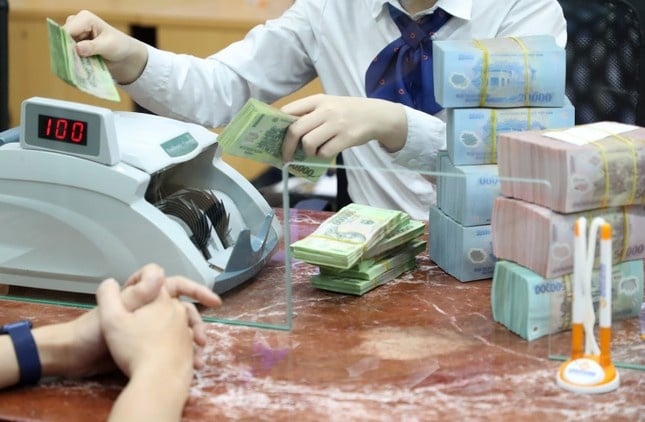
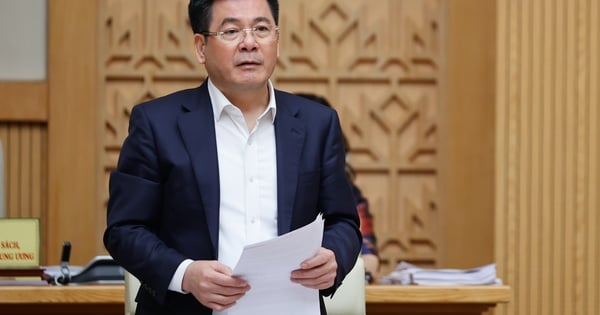
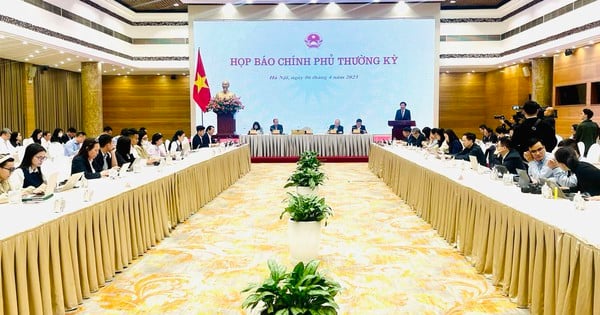


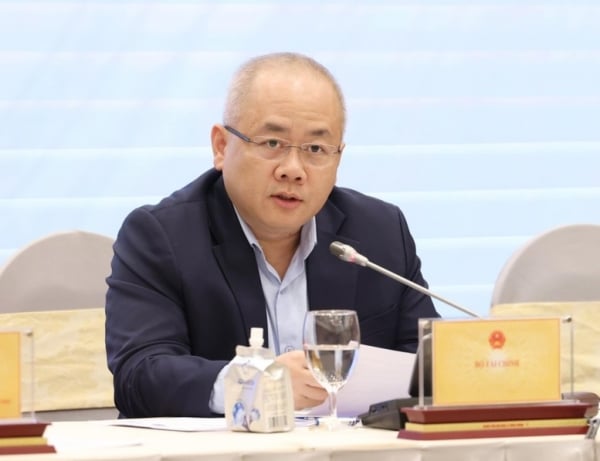



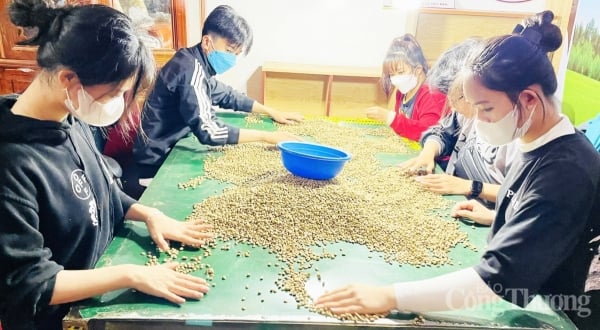
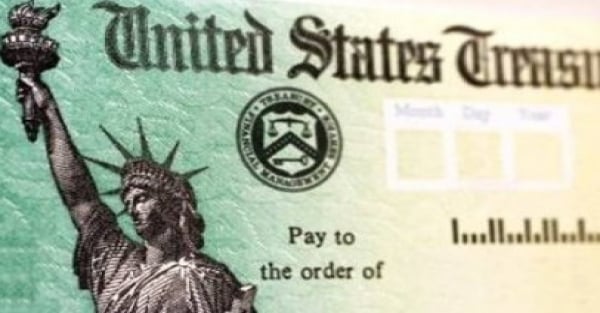

![[Photo] Solemn Hung King's Death Anniversary in France](https://vstatic.vietnam.vn/vietnam/resource/IMAGE/2025/4/6/786a6458bc274de5abe24c2ea3587979)
![[Photo] Vietnamese rescue team shares the loss with people in Myanmar earthquake area](https://vstatic.vietnam.vn/vietnam/resource/IMAGE/2025/4/6/ae4b9ffa12e14861b77db38293ba1c1d)



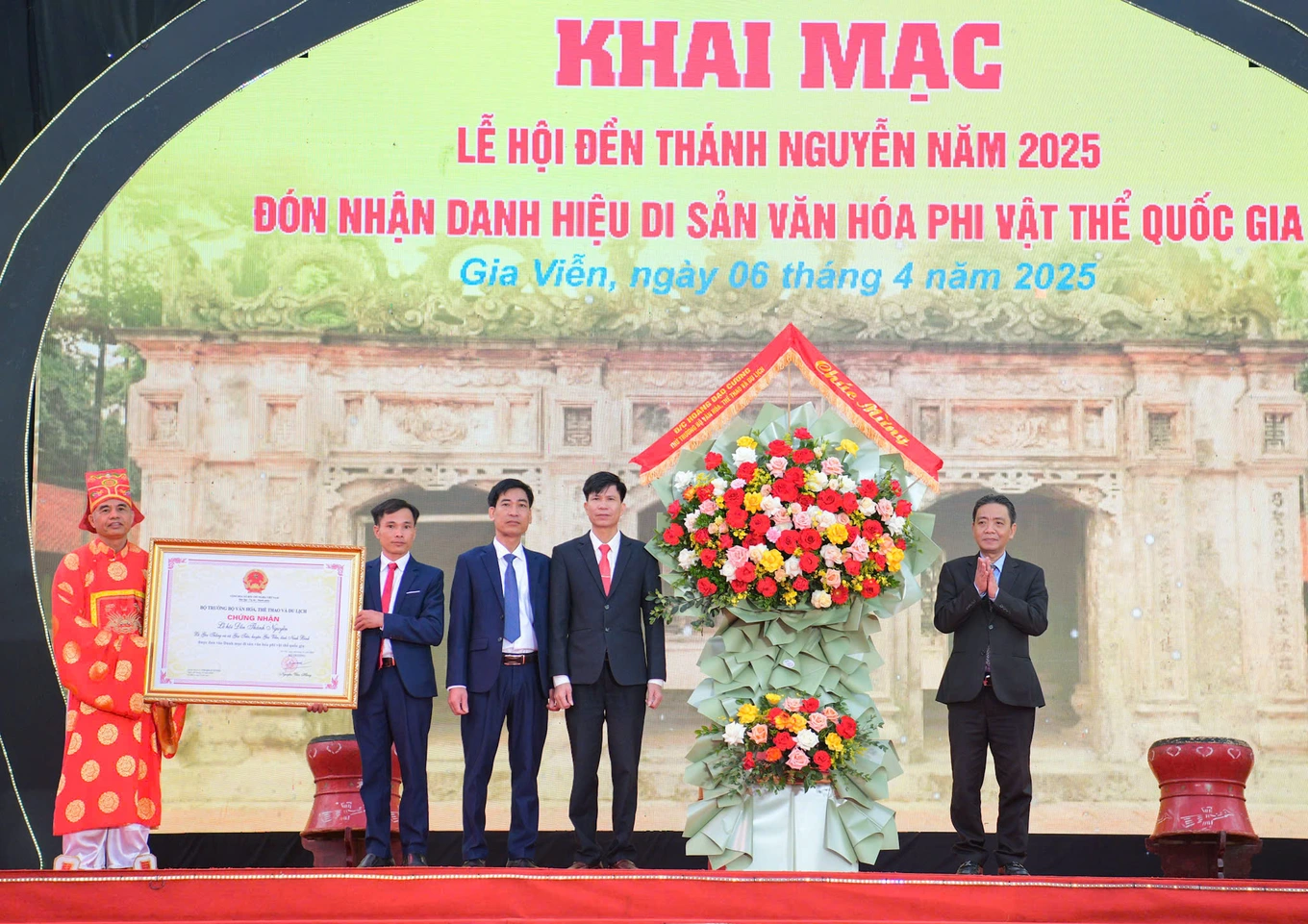






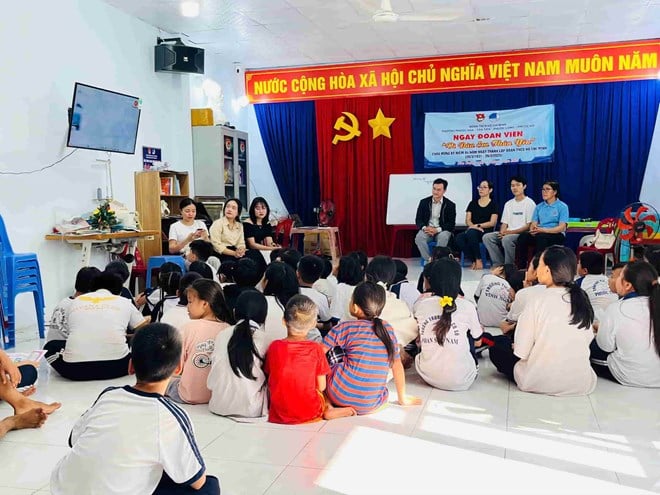

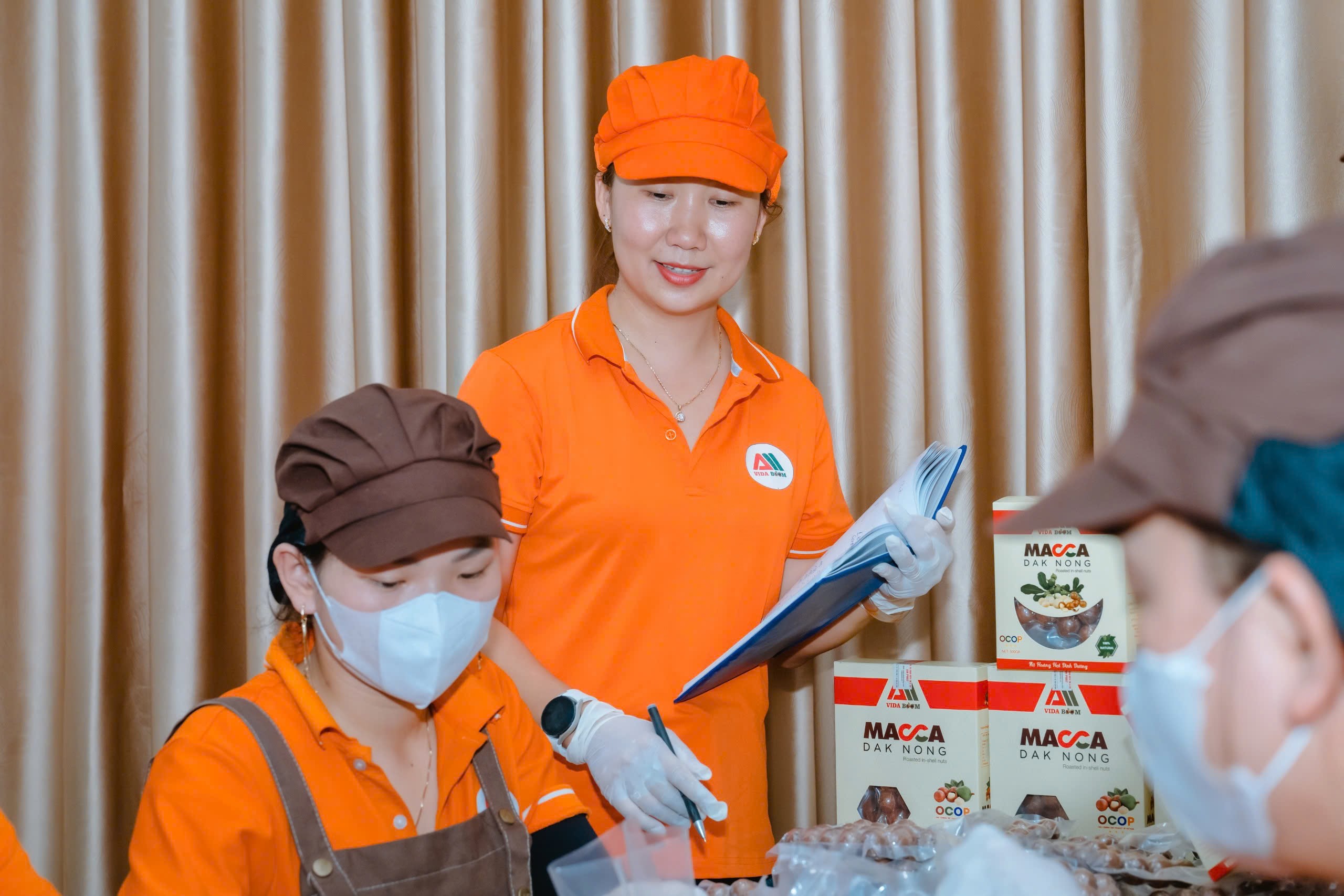

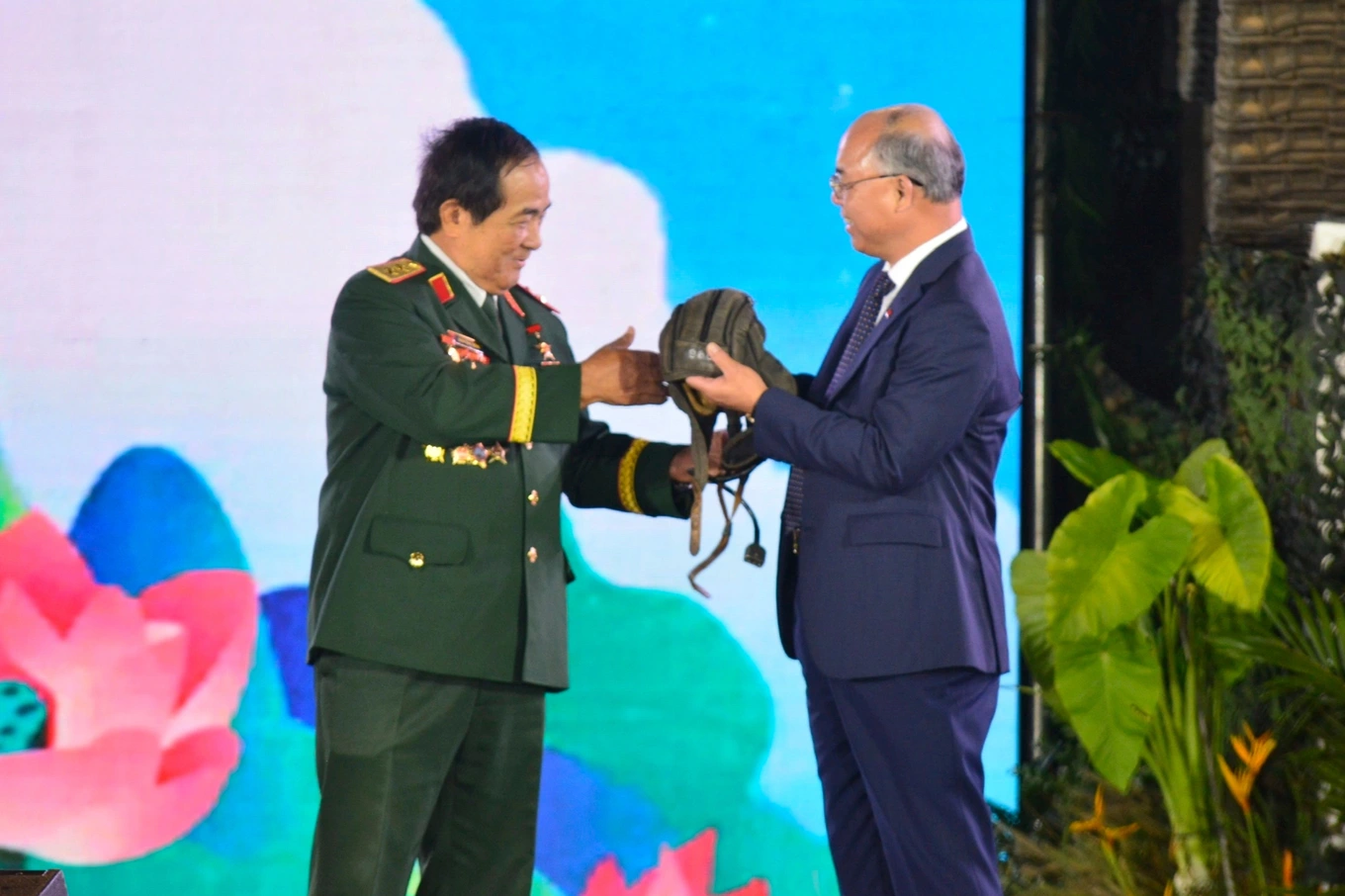
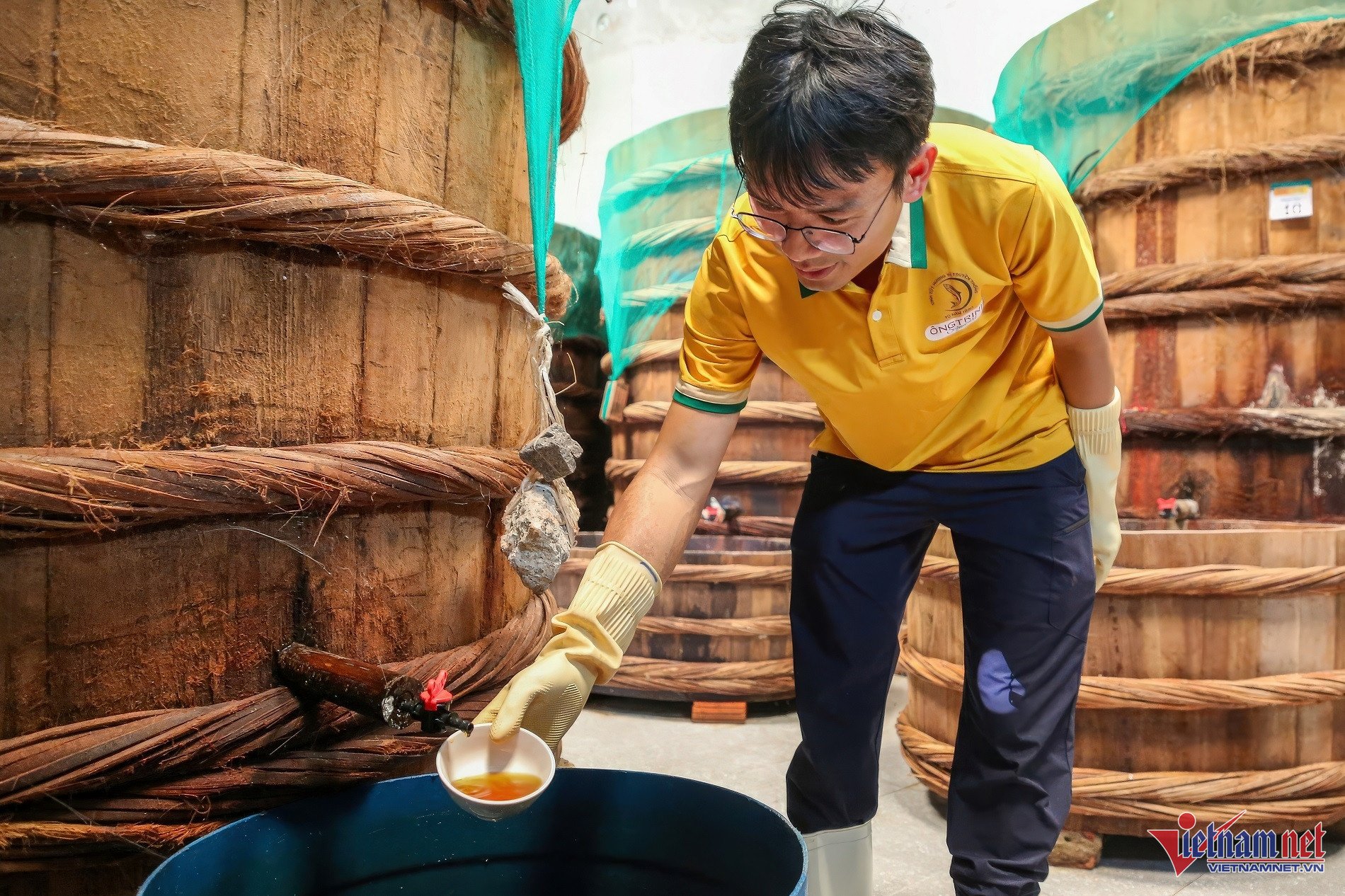




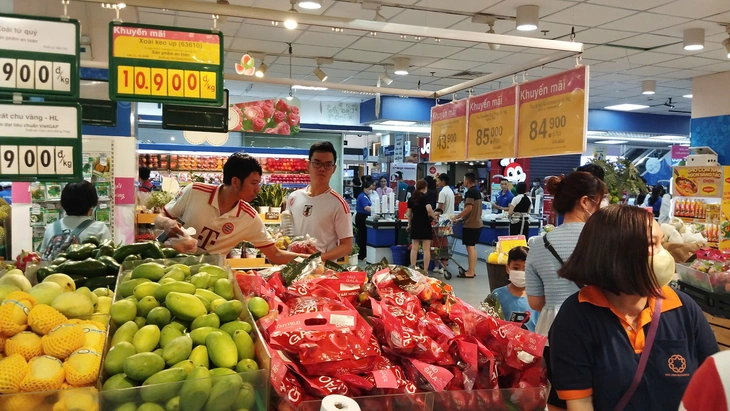


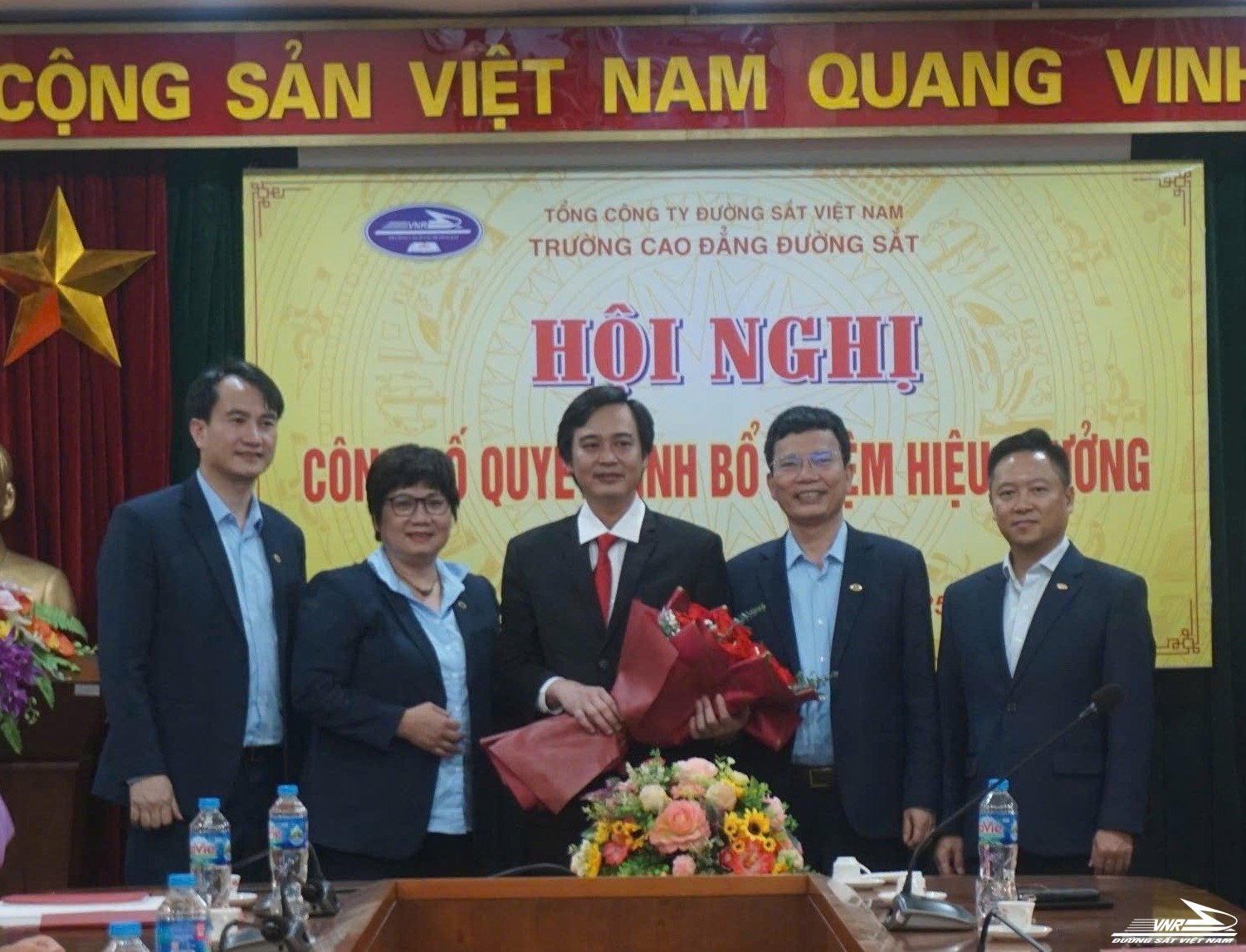
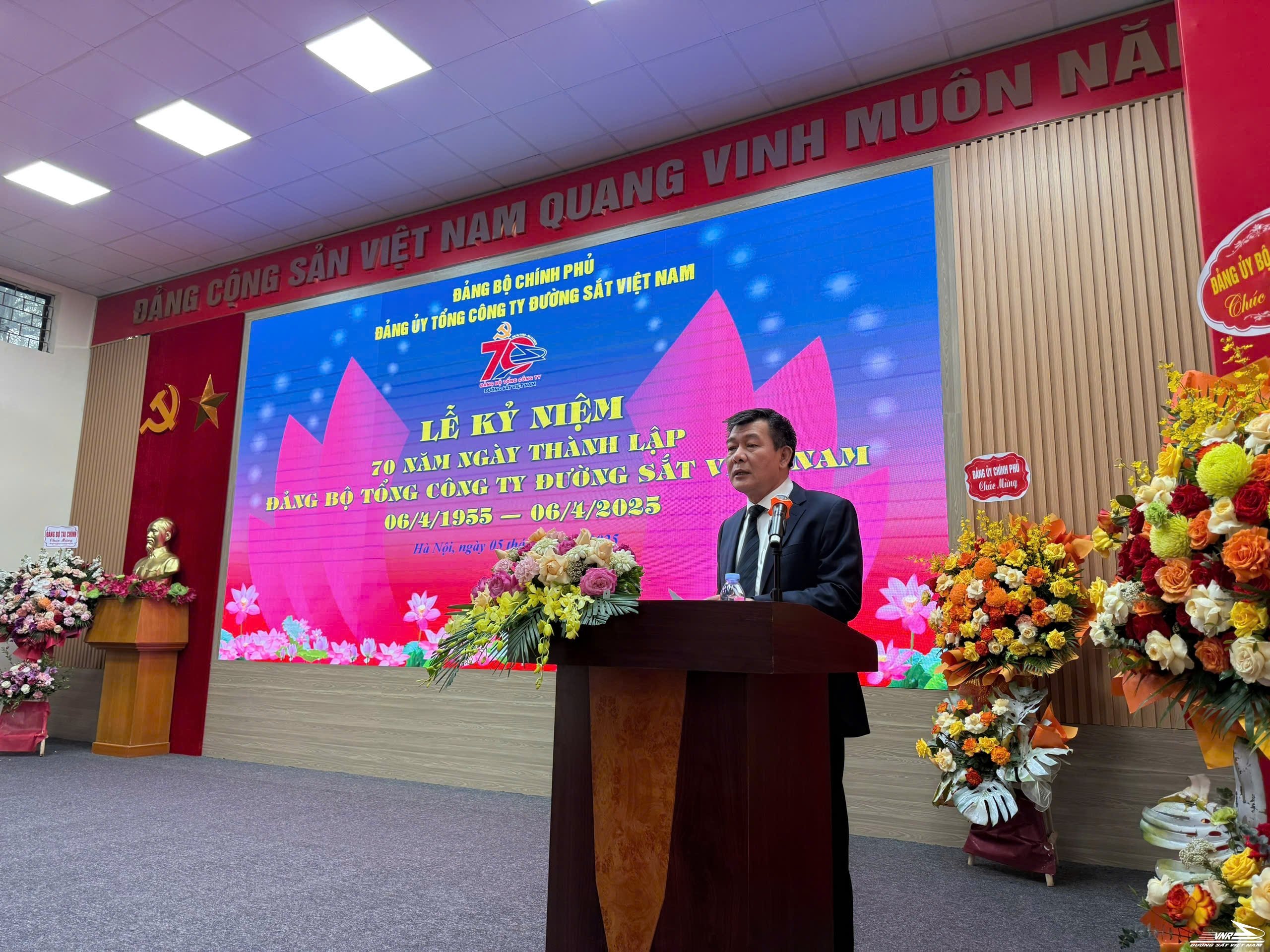


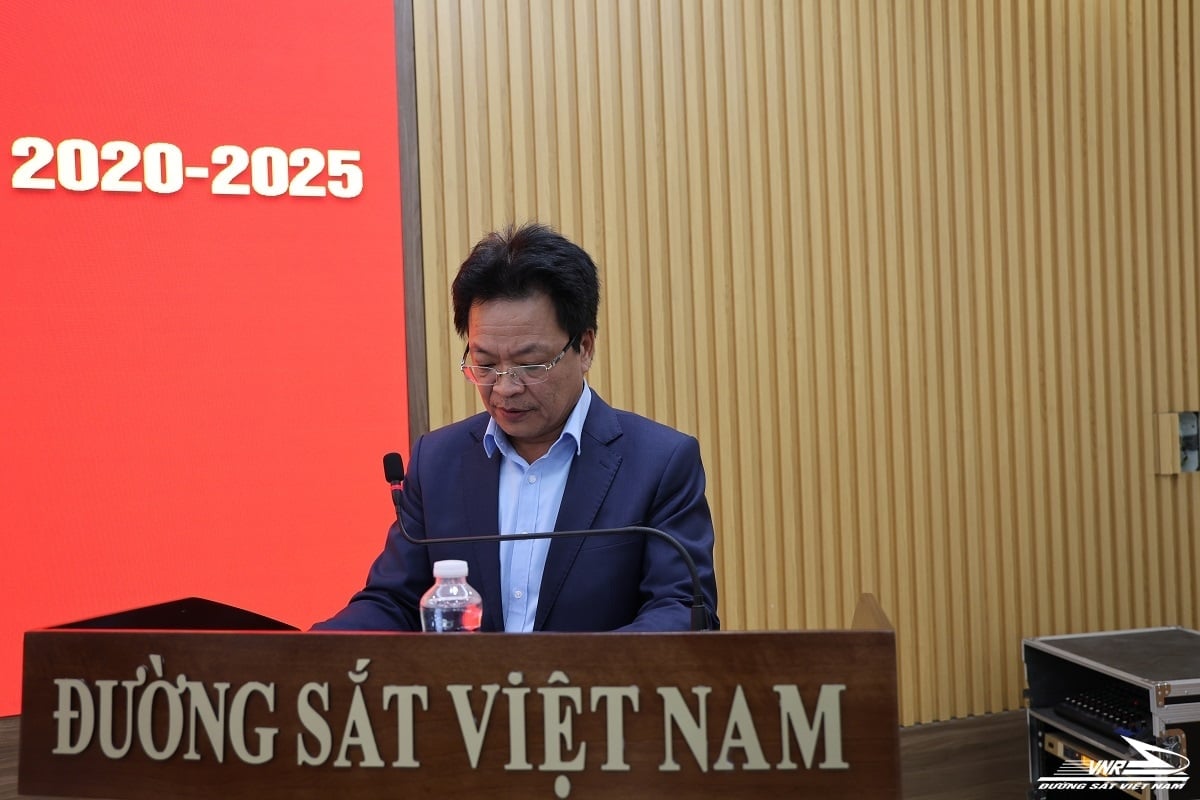
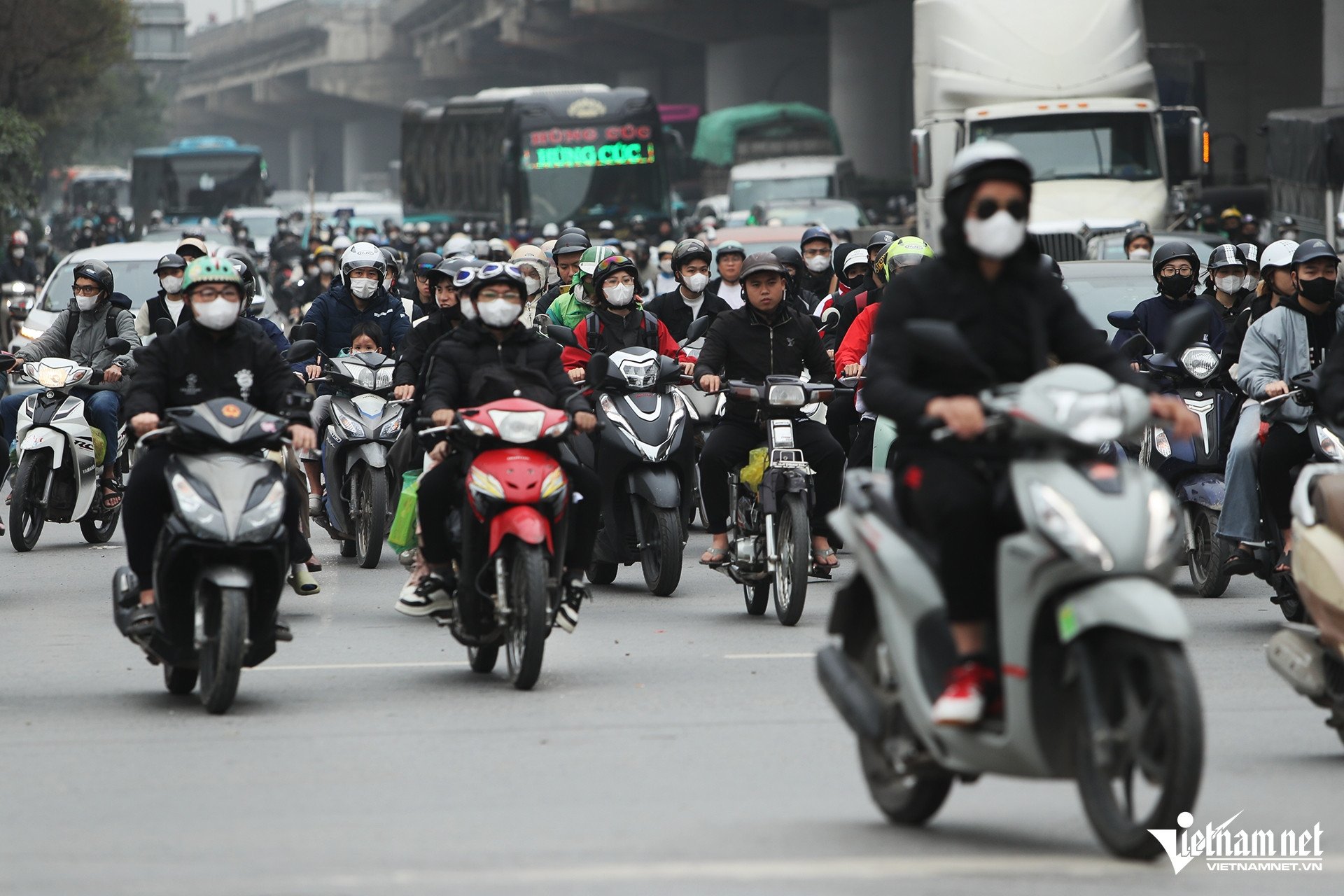



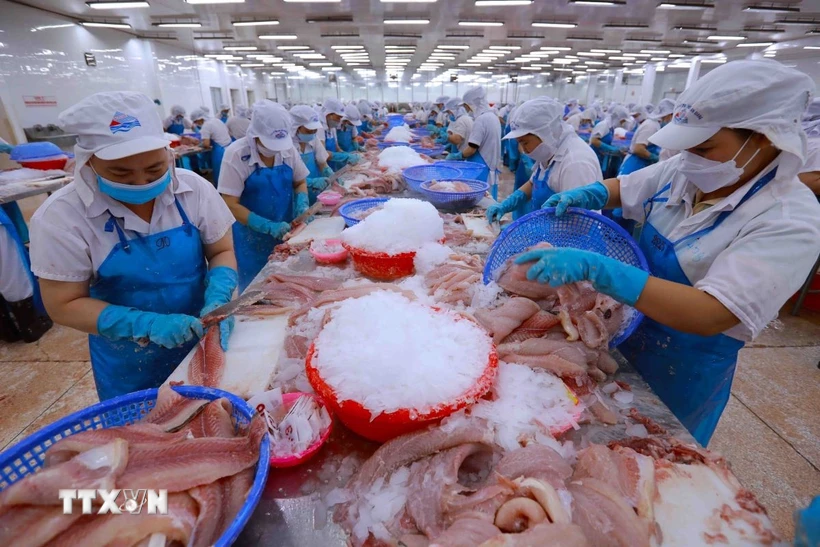

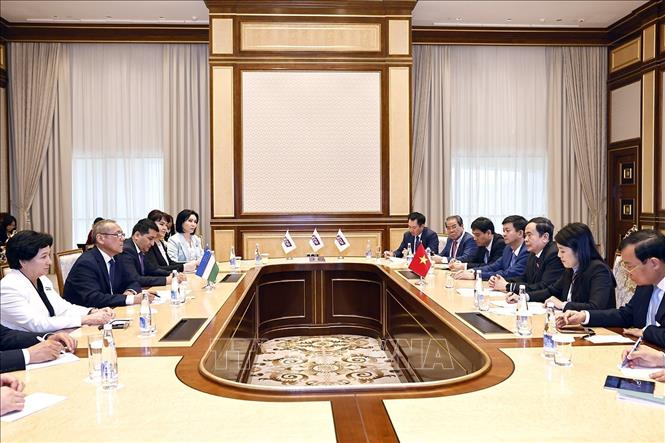







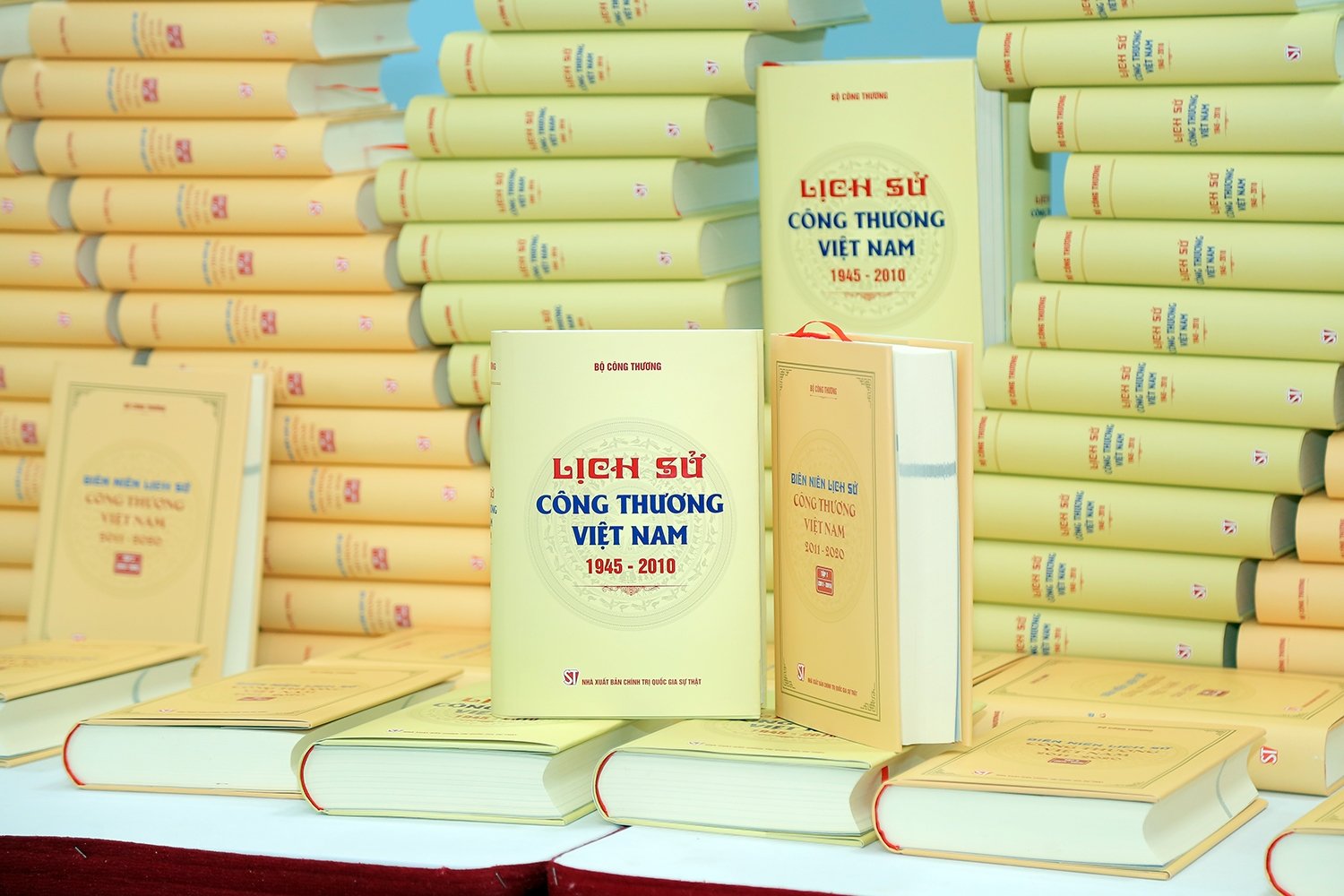






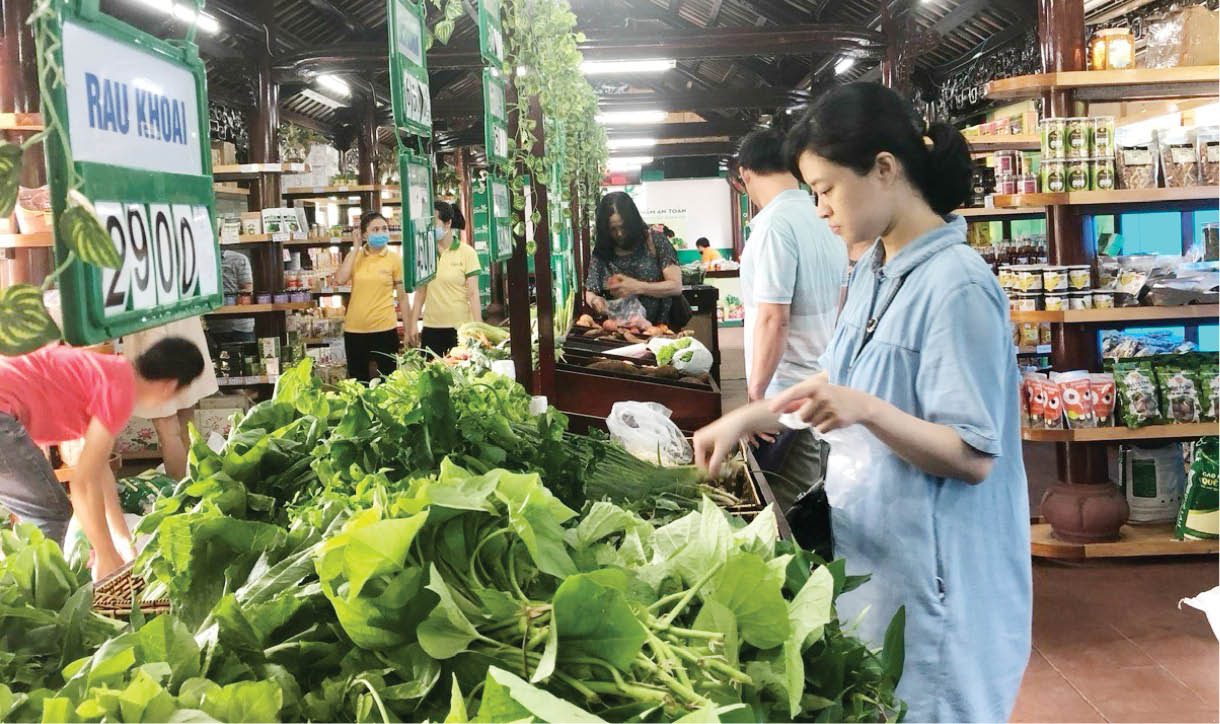

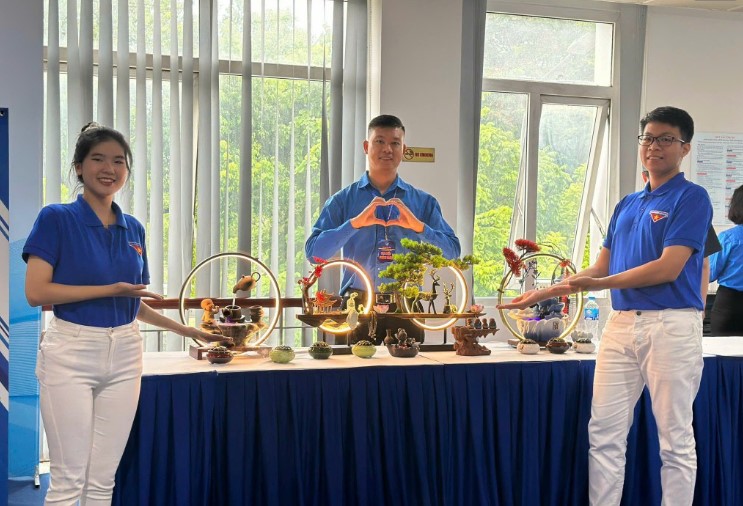
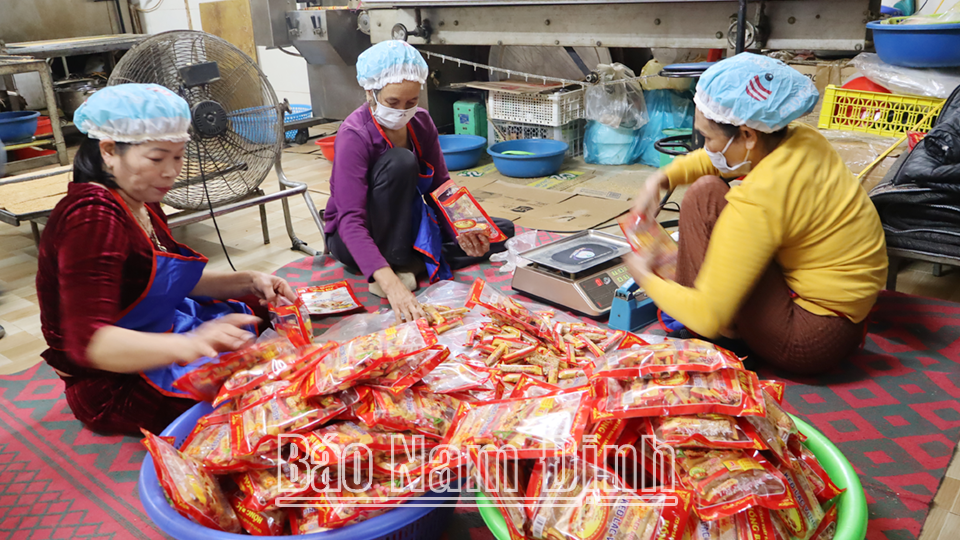

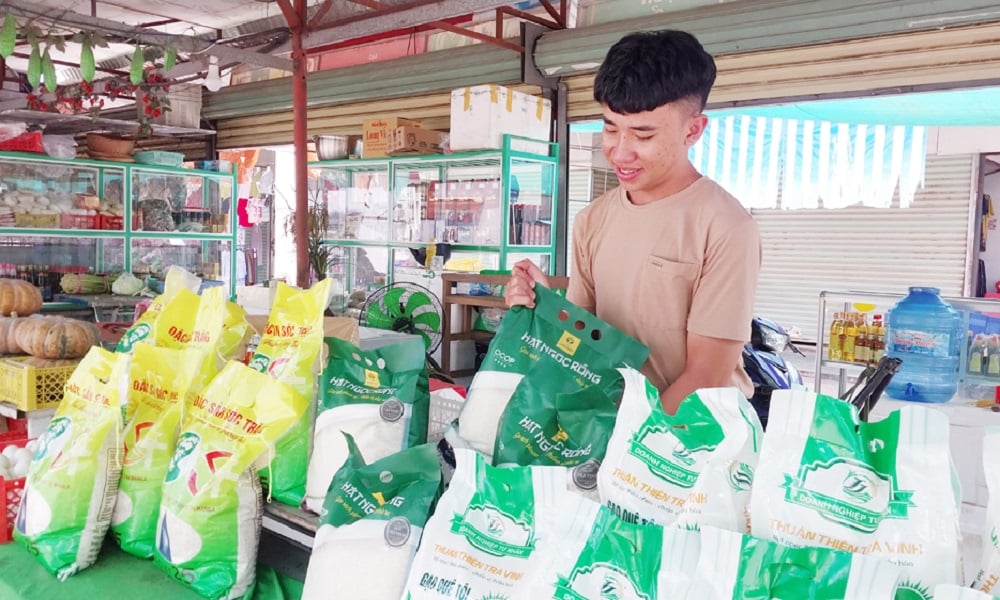
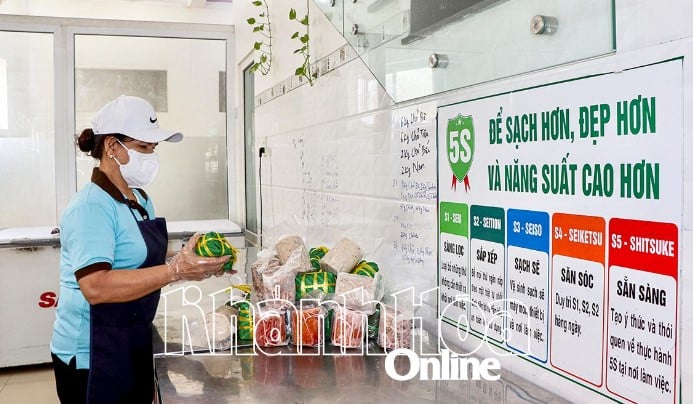

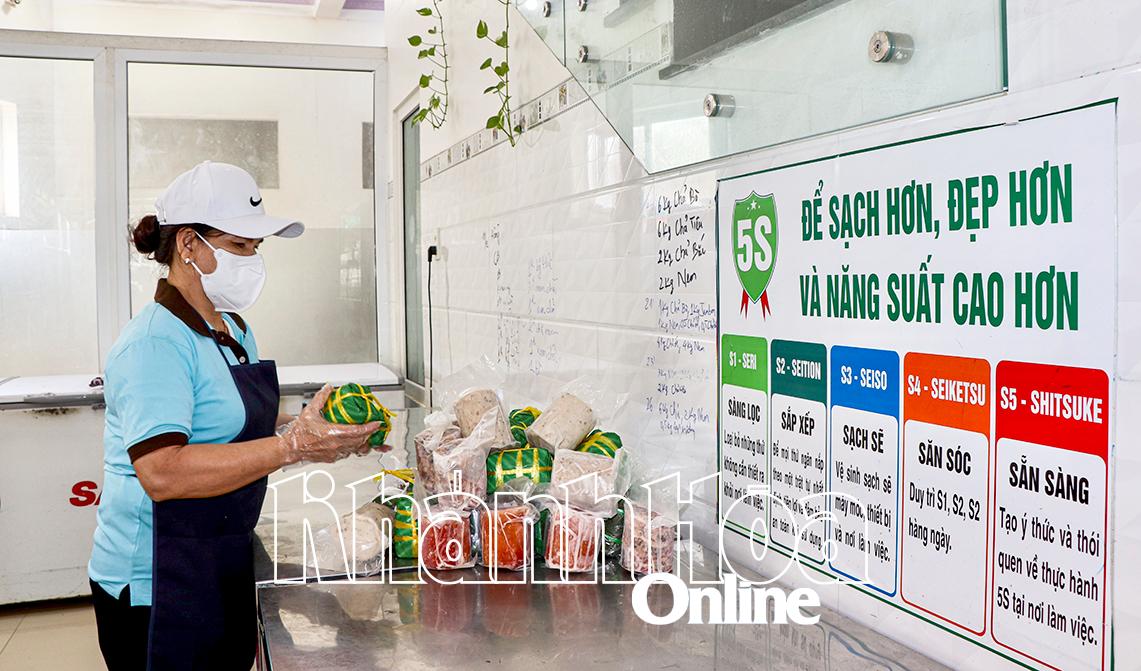
Comment (0)